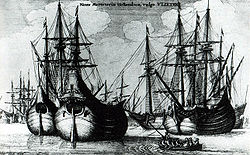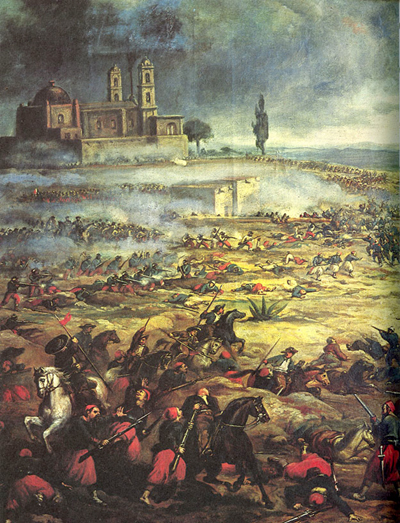
from wikipedia:
Club 33 is a private club located in the heart of the New Orleans Square section of Disneyland. Officially maintained as a secret feature of the theme park, the entrance of the club is located next to the Blue Bayou Restaurant at "33 Royal Street" with the entrance recognizable by an ornate address plate with the number 33 engraved on it. When riding Pirates of the Caribbean, just as the ride departs, the Blue Bayou restaurant is visible, but the balconies above it are actually a part of Club 33.
More...












